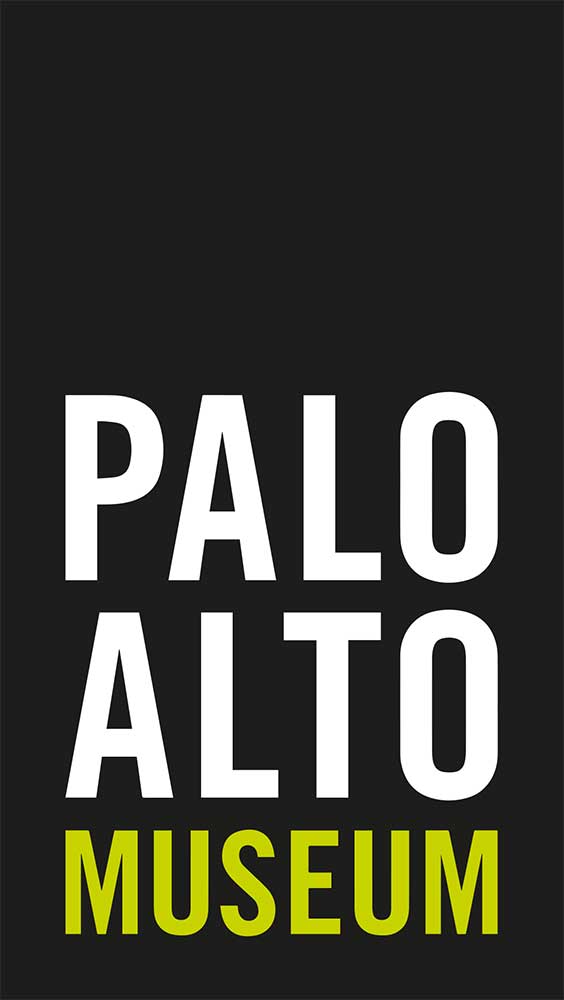For more than two decades, Steve Jobs lived in the Old Palo Alto neighborhood in an unassuming cottage-like home. Apple trees dot the front area, one of the few signs of his connection to the now world-famous brand. Despite his global fame, Jobs kept a low profile locally. He was often spotted biking or walking around town, dropping into cafés or grocery stores without any fanfare. It wasn’t uncommon to see him on University Avenue or browsing the aisles of the Whole Foods just down the street from our museum. For Palo Altans, he wasn’t just a tech icon—he was a neighbor.
One of the most cherished local memories of Jobs is his family’s Halloween tradition. Each year, their home became a destination for trick-or-treaters known for its creative and generous Halloween spirit. Even after Jobs passed away in 2011, that tradition continues.
Jobs also left a more public imprint on Palo Alto through Apple’s first-generation retail vision. In 2001, the company opened a flagship Apple Store at 451 University Avenue, in the heart of downtown Palo Alto. Jobs was directly involved in the design and conception of the project. The store became a prototype for Apple’s sleek, user-focused retail display strategy, reflecting the brand’s integration of simplicity, transparency, and innovation principles Jobs championed throughout his career.
Steve Jobs delivered his iconic commencement address at Stanford University on June 12, 2005. It’s widely considered one of the most powerful graduation speeches of all time, praised for its simplicity, emotional resonance, and timeless wisdom. His most famous quote from that speech, “Stay hungry, stay foolish,” was borrowed from the final issue of The Whole Earth Catalog, a publication he admired as a young man.
Steve Jobs left an indelible mark on the world. His influence is still felt in subtle ways: through design, through technology, and through the small traditions that connect memory and place.

